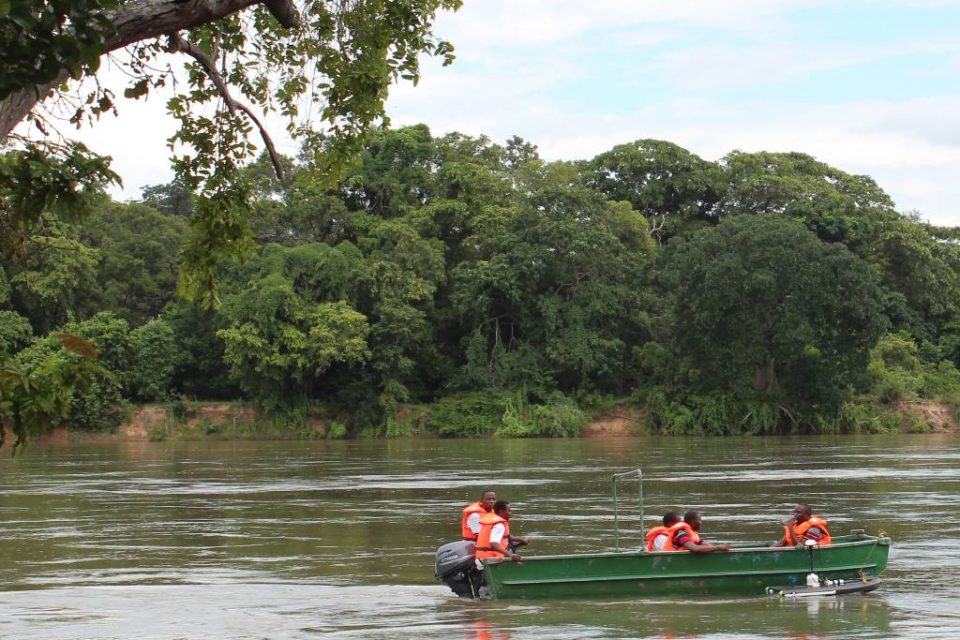Ott recently introduced a radar sensor for surface velocity monitoring in open channels. It is a non-contact sensor, which is safer than tethered instruments such as an ADCP. It is probably also more sustainable than sensors installed in the river. Moreover, it provides real-time data.
Can the Surface Velocity Radar (SVR) be used for determining flow in open channels on a continuous basis?
The parameters needed for calculating discharge comprise 1) the cross-sectional profile, and 2) the velocity profile at the transect. It points to two potential difficulties.
The first is concerned with the stability of the cross section. Real-time monitoring of surface velocity only makes sense if we know the exact cross-sectional profile. This is possible in man-made canals but difficult for natural rivers that are subject to scour and sedimentation.
The second issue is concerned with the representative value of surface velocity for the entire stream profile. Note that the SVR measures just one point on the transect.
The velocity coefficient—which is defined as the depth-averaged velocity to surface-velocity ratio—normally follows a power law and is a function of bed material, depth, and aquatic vegetation. All three parameters vary across a transect in a natural river, which usually has an irregular channel. Velocity coefficients typically range between 0.79 and 0.93, but values as low as 0.55 have been observed for shallow rivers (Eltner, 2019). Scatter increases with decreasing hydraulic radius.
Thus, the velocity coefficient is difficult to determinate and a hydraulic model—calibrated with ADCP data—is needed for small rivers and for those with irregular profiles. These models require recalibration when the cross-sectional profile changes.
Hence use of the SVR in natural rivers is not practical. The value of the SVR as a stand-alone solution is mostly for man-made canals—such as main or secondary irrigation canals—and stabilized rivers.
Other potential applications of the SVR are in rivers that are subject to hysteresis or backwater effect, or when measuring flood discharge with conventional hydrometric methods is impossible because of high velocities, floating objects, or safety concerns for human operators. But in these cases, the SVR will be used in combination with other instruments and not as a stand-alone solution.
